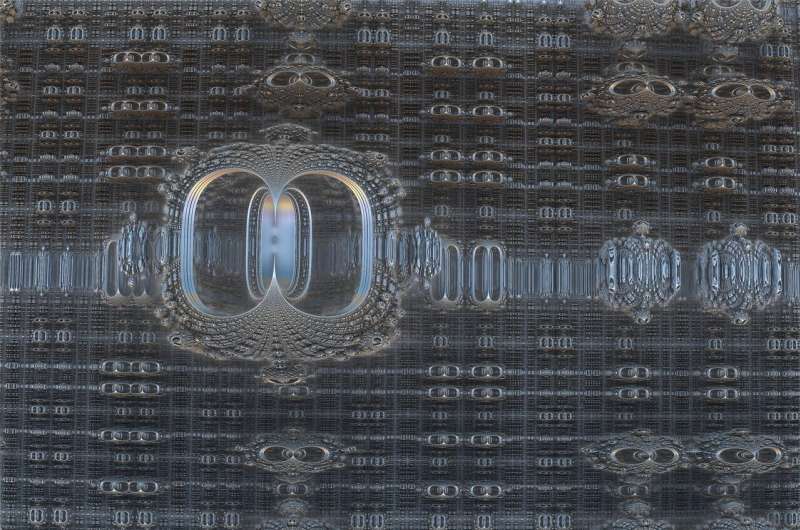One step closer future to quantum computers

Physicists at Uppsala University in Sweden have identified how to distinguish between true and 'fake' Majorana states in one of the most commonly used experimental setups, by means of supercurrent measurements. This theoretical study is a crucial step for advancing the field of topological superconductors and applications of Majorana states for robust quantum computers. New experiments testing this approach are expected next.
Majorana states exist as zero-energy states at the ends of topological superconductors (a special type of superconductors, materials that conduct with zero resistance when cooled close to absolute zero temperature), where low-energy states are robust against defects. Majorana states have exotic properties that make them promising candidates as qubits for fault-tolerant quantum computers. However, in experiments trivial zero-energy states mimicking Majorana states can also appear. The difficulty in telling apart the true and these 'fake' Majoranas is a problem that has hampered the experimental progress in this field of research and has been a thorn in the side of experts.
A solution to this problem has been proposed in a recent study by Annica Black-Schaffer's group. The authors simulated the entire system of one of the most common experimental setups used in engineering topological superconductors as accurately as possible and captured the main effects of all the components. By investigating the supercurrent (the current in superconductors) between two engineered superconductors, they found that there is a sign reversal in the supercurrent due to the trivial 'fake' Majorana state under magnetic field application, whereas such sign reversal is not produced by true Majorana states. They then concluded that supercurrents offer a powerful tool for the unambiguous distinction between trivial states and topological Majorana states.
"This study helps and motivates experimentalists towards the proper identification of topological Majoranas by using supercurrent measurements. Our study shows that we need to carry out more exact modelling," says Jorge Cayao, postdoctoral researcher at Uppsala University.
"It is crucial that we are certain that we have actually engineered Majorana states and not some trivial states. This study presents a way to accomplish that through supercurrent measurements," says Oladunjoye Awoga, Ph.D. student at Uppsala University.
More information: Oladunjoye A. Awoga et al, Supercurrent Detection of Topologically Trivial Zero-Energy States in Nanowire Junctions, Physical Review Letters (2019). DOI: 10.1103/PhysRevLett.123.117001
Journal information: Physical Review Letters
Provided by Uppsala University




















